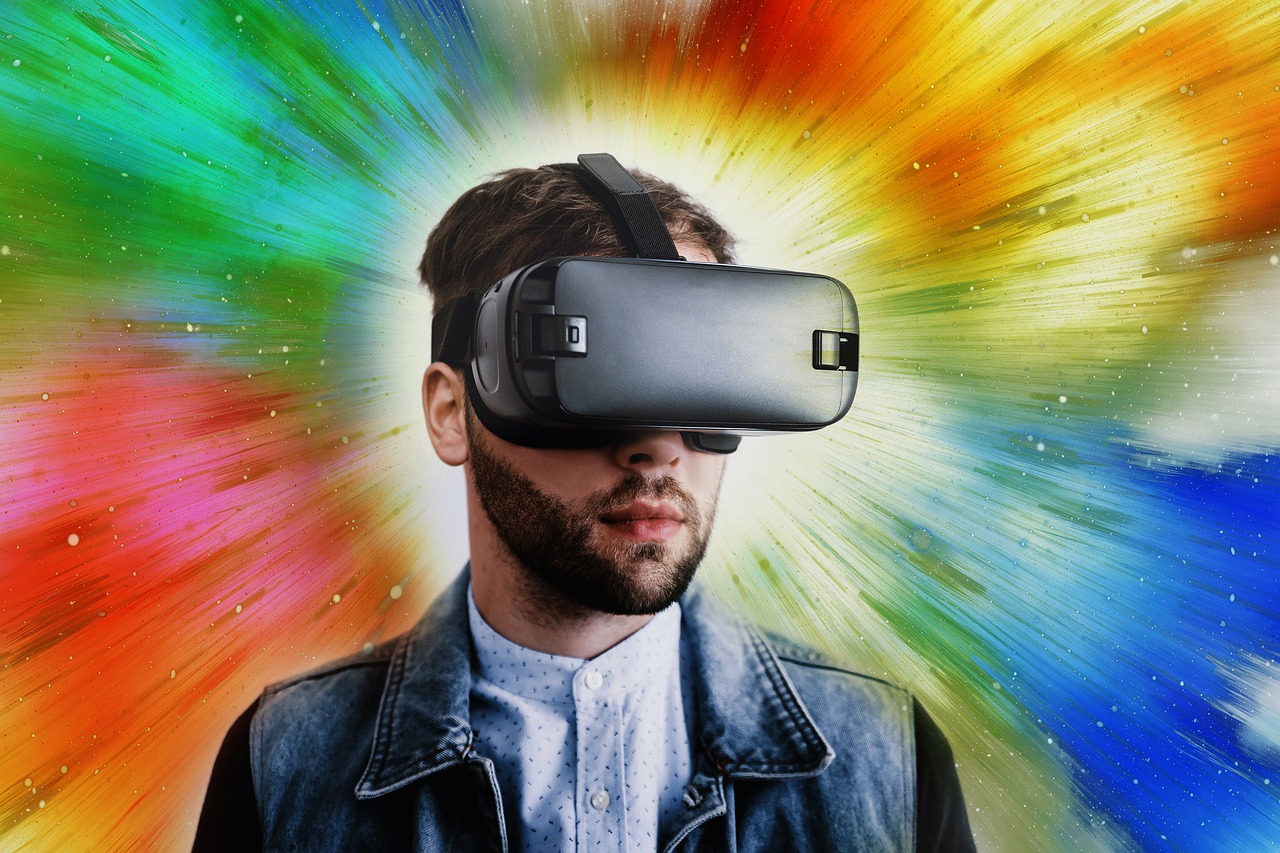
One of the challenges remote workers face today is that they are often not able to attend in-person training sessions. This can lead to a decline in productivity and skills when remote employees are unable to learn new things on the job.
Thankfully, there is an innovative solution for this problem: virtual reality training.
In this blog post, I will discuss three benefits of implementing VR employee training into your remote workforce.
Improved learning performance
The 70/20/10 model for learning and development highlights that people learn the most from job-related experiences. 70 percent of what people learn is experiential, compared with 20% learned from others and 10% through formal learning.
It is more efficient and effective to learn new skills, retain information, and modify behavior by doing compared to learning by reading.
Virtual reality’s greatest strength is its potential for creating a realistic environment in which learners may get hands-on experience on particular work-related activities.
Crucially, a safe virtual environment allows trainees to make mistakes, get instant feedback through performance-related metrics and easily repeat exercises numerous times to quickly improve proficiency. Benefits include;
Highly skilled, technical training
The development of cutting-edge VR platforms allows trainers to create realistic settings and circumstances. This means that complicated technical activities may be readily reproduced, allowing training exercises to more accurately reflect real-world operations.
Learners can repeat these tasks, building muscle memory that aids in learning retention and application during real-world work.
For example, healthcare practitioners may learn and practice complicated, and high-risk procedures in a risk-free environment, resulting in a high chance of success when performing the procedure on a patient.
Process-driven skills
Highly process-driven businesses, like logistics companies or fast food franchises, are flocking to virtual reality in order to enhance efficiencies and staff expertise.
Through gamification of activities like KFC’s food preparation, DHL’s warehouse box loading, and others, employees can problem solve and work smarter while learning in a fun and results-oriented way.
Accessible, standardized training also allows organizations to improve the consistency of working practices across different sites and countries.
Business and soft skills training
VR training for soft skills, such as customer service, giving presentations, and professional social behavior at work, are now being appreciated. VR eliminates the need for uncomfortable and inconvenient role-playing situations with co-workers, which can be counterproductive to learning.
Team collaboration
Virtual reality can help to enhance team performance by creating collaborative training experiences that assist teams in improving their workflows by offering a location for personnel to discuss difficulties with interdependent activities.
Accessibility
The beauty of virtual reality training is that it may be done from almost anywhere in the real world. The requirement to have employees simultaneously in the same physical location for VR is no longer necessary. This makes training more accessible since remote teams can meet in a virtual space and work as a team, even when physically apart.
For businesses that are spread out across several sites nationally or globally, as well as those with an increasing number of remote workers, VR training has a significant influence on travel and accommodation expenses. Additionally, less travel is beneficial for the work/life balance of staff and improves company culture.
Reducing cost
The long-term cost savings of utilizing VR training are beneficial for businesses. The initial outlay in hardware is outweighed by both immediate and indirect savings. Once the VR training course is developed, the expense of distributing it at scale is low, since you no longer need to conduct repeat classes that would traditionally incur trainer fees.
Furthermore, there are several tangible indirect cost savings from reducing downtime, as well as increased productivity by having more educated and skilled workers.
Conclusion
Virtual reality training is becoming more and more commonplace for businesses around the world. And it’s no wonder why—it has definite benefits that are hard to deny, for example, its effectiveness in teaching empathy skills and leadership abilities.
VR also makes your teams much more accessible for remote work, increasing productivity in addition to saving money on travel for employees and the business.
Tim Fleming Author Bio
Tim has worked with graphics and hardware for his whole career, working as a creative in adland and then becoming an animator, delivering promos for a wide range of music artists. Tim co-founded Future Visual in 2015 to focus exclusively on building Virtual and Augmented Reality technology for enterprise training and learning.
